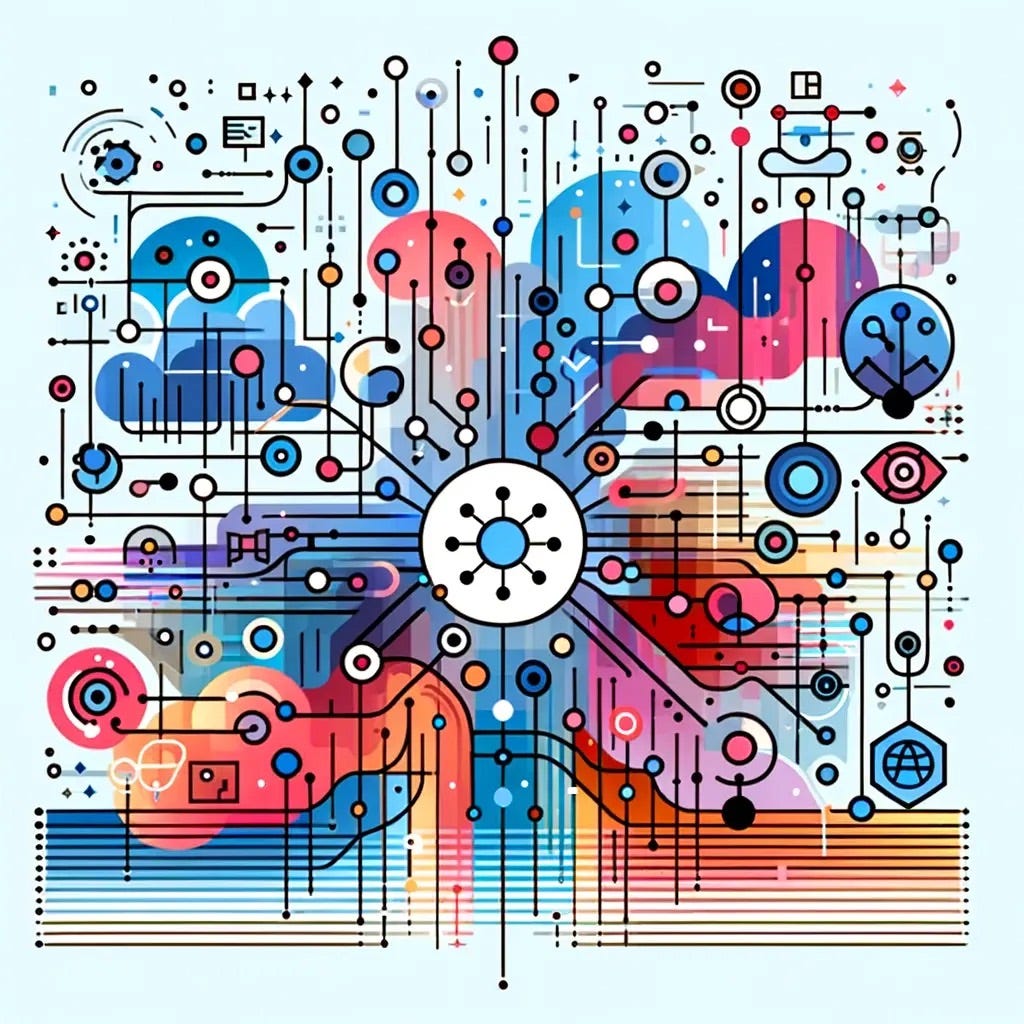History of AI: Part Five — The Expansion (90s)
2
0
History of AI: Part Five — The Expansion (90s)

AI experienced both notable achievements and significant challenges in the 1990s. Notably though, it finally began to realize some of its longest-standing objectives. Its integration into various technology sectors, although often behind the scenes, was a testament to its growing maturity. This success resulted partly from increased computer power and a focus on specific, isolated problems tackled with scientific precision.
Advancements
The 1990s saw the rise of the ‘intelligent agents’ paradigm. At this time, pioneers like Judea Pearl, Allen Newell, and Leslie P. Kaelbling brought decision theory and economics concepts into AI, creating a framework where an agent — defined as a system that perceives its environment to maximize its chances of success — became the focus. This shift allowed researchers to tackle isolated problems effectively and share solutions across disciplines, including economics and control theory.
AI research started to embrace advanced mathematical tools. There was a growing realization that many AI challenges were already being addressed in other fields. The use of a shared mathematical language facilitated collaboration and led to measurable, provable results. Judea Pearl’s 1988 book was influential in bringing probability and decision theory into AI, introducing tools like Bayesian networks and hidden Markov models.
In 1997, IBM’s Deep Blue AI competed in a chess game against world champion Garry Kasparov. Surprising to a lot of critics — it won. More than just a victory, it was a testament to advances in engineering and the swift growth in computer performance and capability rather than an innovation in AI techniques. The event served to demonstrate the rapid advancement in computer technology, consistent with Moore’s Law, which suggests the doubling of computer capacity roughly every two years.
Unrecognized Contributions
Despite these technological strides, the role of AI during the 1990s often didn’t receive the recognition it deserved. Algorithms crafted by AI experts became essential in a wide range of tech sectors, including data mining, robotics in industry, logistics management, speech recognition systems, and even underpinning Google’s search engine. Yet, these significant AI contributions were frequently overlooked, merely seen as part of the broader field of computer science.
During this period, researchers frequently avoided the term “artificial intelligence” due to its association with past failures and unrealized promises. This led to a renaming of AI efforts under various titles like ‘Informatics’ or ‘Cognitive Systems’, partly to secure funding and partly to distance it from the stigma of the AI Winter.
The 1990s were a decade of duality for AI, blending substantial progress with ongoing struggles for recognition and identity. It was a time when AI solidified its role in technology, yet grappled with the shadows of its past. As we reflect on this period, we see a narrative of resilience and innovation, setting the stage for AI’s continued evolution in the new millennium.
History of AI: Part Five — The Expansion (90s) was originally published in Fetch.ai on Medium, where people are continuing the conversation by highlighting and responding to this story.
2
0





